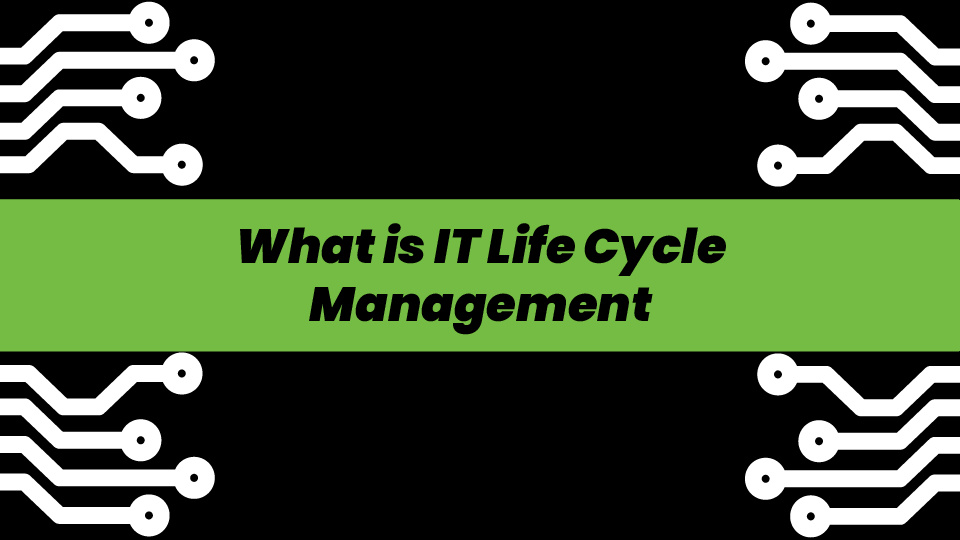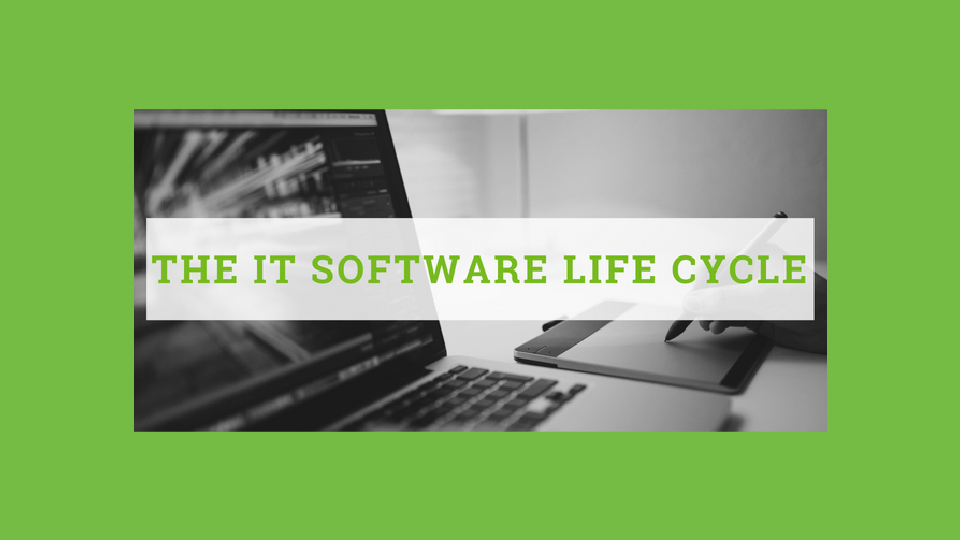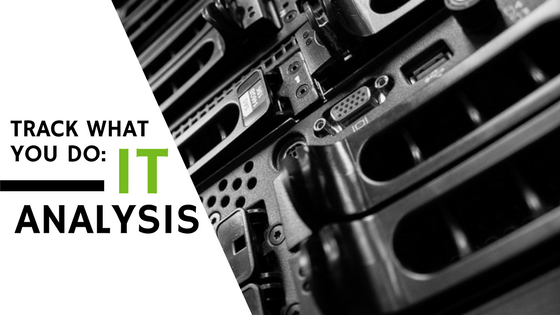The IT Software Life Cycle: 3 Things To Know
Your organization's users interact with different IT software platforms every single day, so it's important to ensure they are not playing a role in...
Five Nines Team : Aug 30, 2017 11:54:00 AM
1 min read

The life of technology can vary, and it can be difficult to keep track of everything, which is why the idea of Life Cycle Management is necessary to the success of an IT environment. Here is what you need to know about the Life Cycle Management process.
This is the primary focus of the Life Cycle Management process. An IT professional will look at the critical assets within your IT environment, whether that is your computers, servers, or network hardware, to analyze whether they are staying within their usable life without impacting performance or productivity. Focus will be placed on how much you have grown as an organization, how much your data has increased, the remaining capacity of your servers, and whether your team is experiencing performance issues.
Next, it's important to identify a full list of your technical assets, separating them by purchase date, and identifying the roles and responsibilities of each device. This will help to determine a rotation cycle of your technology, so your organization is utilizing technology to the fullest. The rotation cycle helps to justify updating technology more frequently on high-performing, billable positions such as an operations or executive role to maintain your flow of production.
Finally, this is where your IT team will ask, "Are you still utilizing that piece of technology?" or "Are we replacing the right things to keep productivity consistent?" Professionals will also determine if you can repurpose certain hardware in the organization's technical environment, to get the most out of the Life Cycle process.
Life Cycle Management is not a one-size-fits-all solution. It requires attention to detail and a complete management plan. To learn more about one aspect of Life Cycle Management, contact Five Nines today!

Your organization's users interact with different IT software platforms every single day, so it's important to ensure they are not playing a role in...

Support for Microsoft Windows 10 ends October 14, 2025. After this date, Microsoft will no longer provide free security updates, patches, or any...

If you are spending time, money, and extra resources on IT efforts for your business you must recognize that technology is always changing, and the...